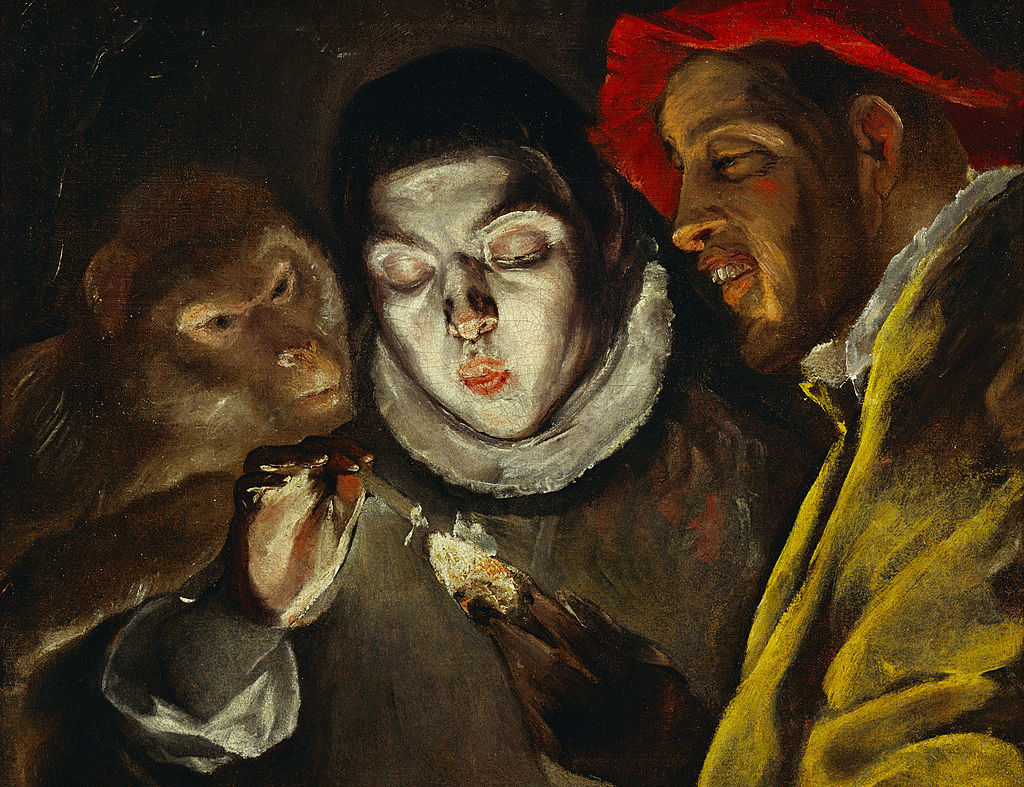
The Louvre has had an exceptionally tough year securing star loans from its peers. The Paris museum had hoped to borrow three key works by El Greco from the Prado, but the Madrid museum declined the request, the Spanish newspaper El País reports.
The Louvre learned in June that its El Greco show would have some gaps. The Paris museum has co-organized “Greco,” which is due to open at the Grand Palais next week, with the Art Institute of Chicago, where it is due to head next spring. Last week, it emerged that the Prado had turned down the request for the three paintings during the summer, citing a loan moratorium during its bicentenary year. The fact of the matter is sure to sting on top of a high-level political battle to secure loans from Italy for its blockbuster Leonardo show.
The Louvre had put in a request to borrow three paintings by the Crete-born, Toledo-based artist Doménikos Theotokópoulos, who is best known as El Greco. The works were A Fable (1580), The Flight into Egypt (around 1570), and The Holy Trinity (1577-79). The Paris iteration of the exhibition, the largest-ever retrospective on the artist in France, will include 75 masterworks, showing his “wild and unclassifiable genius,” according to a statement.
But the Prado has agreed to other high-profile international loans in 2019, despite its self-imposed embargo. El País points out that it lent The Transit of the Virgin (1462) by Andrea Mantegna to London’s National Gallery for a special exhibition. The work then traveled to the Gemäldegalerie in Berlin. The National Gallery in London was also able to borrow three works by Joaquín Sorolla from the Prado this summer. The Prado told artnet News that these were not exceptions to the moratorium. Instead, they respected s previously confirmed agreements.
“[A] loan moratorium is not an uncommon practice among museums and the Louvre and other institutions understood the situation,” the Prado told artnet News in a statement.
Loan negotiations between major museums are typically brokered in private, but the Paris museum has endured a string of problems in public. Last week, an Italian court blocked the loan of Leonardo da Vinci’s drawing Vitruvian man. Then, there is the saga over Salvator Mundi, which at one point seemed destined for the Louvre Abu Dhabi. There was some good news last month: The French and Italian government finally sealed a deal so that Leonardo paintings will head to Paris this fall from Italian museums, while works by Raphael will travel from France to Italy next year.
According to the curator of the El Greco exhibition, Guillaume Kientz, the Prado was unequivocal in denying the request. “Symbolically, I would have liked the Prado to join the adventure as well. We insisted as much as we could,” he told El Pais. “If they had changed their minds later, we would have found a solution, but it didn’t happen.” Keintz was head of Spanish painting at the Louvre before he joined the Kimbell in Fort Worth, Texas, in January. A spokesperson for the Grand Palais declined artnet News’s request for further comment.
“The Museo del Prado’s relationship with the Louvre could not be better,” the Prado told artnet News, and adding that it “has recently approved loans for projects that will take place at the Louvre, and both institutions are studying common initiatives for the near future.” The Madrid museum stressed that the only reason why the El Greco loan requests were denied was due to timing. The Prado said: “This decision was made in order to preserve the maximum amount of works in our collection [in Madrid] and to enable the public to enjoy them during their visit to the museum during this significant anniversary.”
The El Greco show in Paris is due to travel to the Art Institute of Chicago in March 2020. It is unclear whether the US art museum may have better luck than the Louvre in securing the missing works. artnet News reached out to the US art museum to ask, but did not hear back from publishing time. We also asked the Prado for clarification, if its refusal included the second leg of the El Greco show.
Note: This article was updated on October 11 to include comments from the Prado.